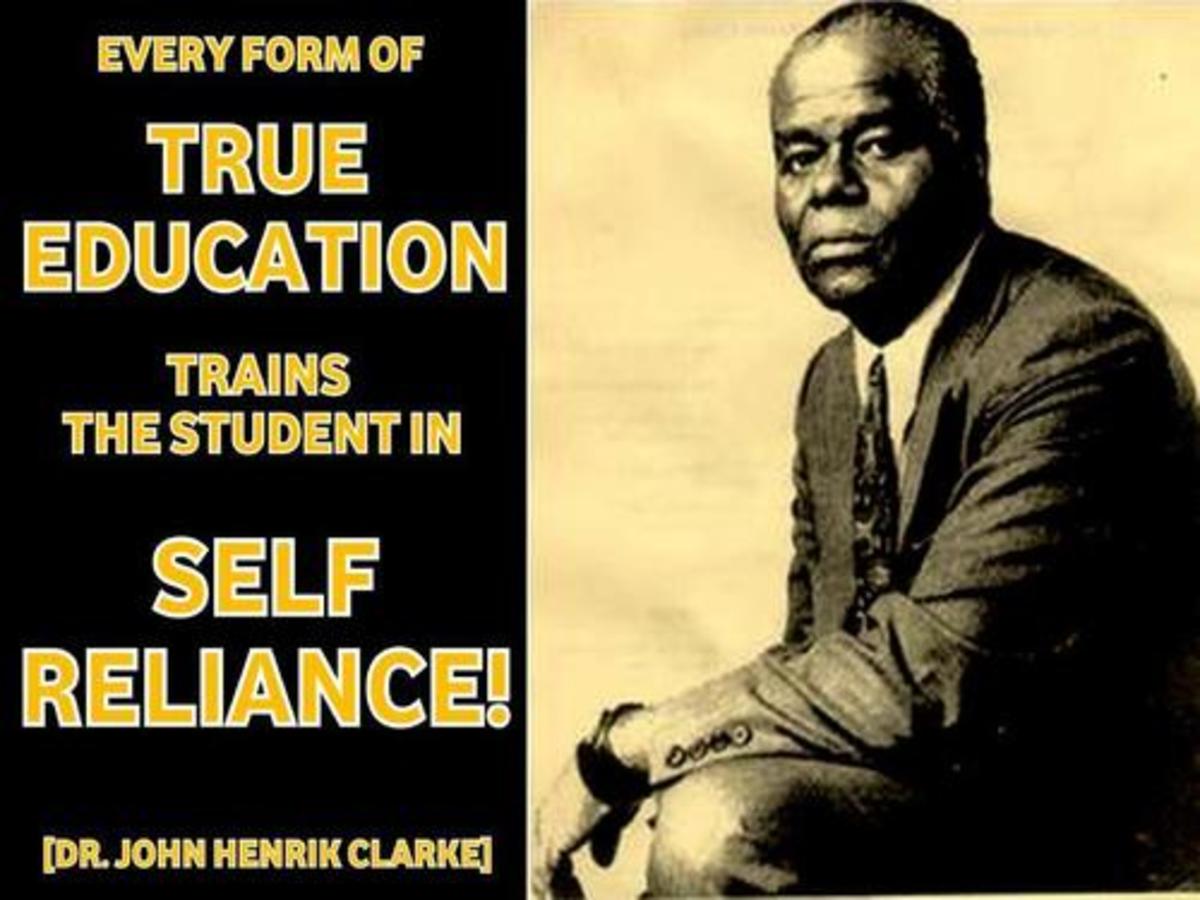Top 10 Tragic Epochs in Africa’s Past
10. The Massacre at Sharpeville
Sharpeville is a tiny hamlet south of Johannesburg, South Africa, where some 20,000 Black demonstrators congregated near a police station on March 21, 1960. They were taking a stand against the repressive pass laws that had been enforced in South Africa since the early 18th century. These laws severely limited the mobility of non-white individuals by mandating the possession of identification credentials in certain areas. The peaceful demonstrators were just seeking to be arrested for failing to have their pass books on them; they have no weapons.
However, the police claim that the protesters became violent and a gunfight ensued, killing 69 and wounding 180. Police allegedly opened fire with automatic guns on the unarmed protestors during the roughly two-minute incident.
Many groups’ resistance to South Africa’s harsh apartheid rule became increasingly revolutionary and violent after the Sharpeville massacre, which became a focal point of the broader protest.
9. The Mau Mau Rebellion
A band of Kikuyu people from south-central Kenya who spoke Bantu rebelled against the British empire from 1952 to 1960. The brutal war, which is now referred to as the Mau Mau rebellion or the Kenyan emergency in Britain, was characterized by extensive brutality against civilians and retaliatory measures such as torture. The indigenous Kikuyu people were dissatisfied with the colonial British authority for a variety of reasons, including racial discrimination, land confiscation, and forced labor, which led to the struggle and, by extension, the independence of the other colonies at the time.
In response, the colonial authority unleashed a wave of brutal violence, imposing a state of emergency and sending in the army to crush the uprising. In addition, they established a novel system of detention camps to appease the local populace; in these camps, they cruelly tortured and detained thousands of Kenyans without charge or trial. It is difficult to put a precise number on the dead, but some accounts put the death toll for Kenyans at around 10,000. Although major military activities had mostly ended by 1955, the revolt would formally continue until 1960.
8. Genocide in Herero and Namaqua
The Herero and Namaqua Genocide was the period from 1904 to 1907 when imperial German forces massacred a large number of indigenous Namibians. It all began when the native population rose up in opposition to German colonial tactics, which set in motion a relentless effort to wipe off the indigenous inhabitants of the area. The actual number of indigenous people killed in the massacre is likely far greater, however conservative estimates put the death toll at around 80,000, with the majority of victims being members of the Herero and Namaqua tribes.
Using methods such as starvation and forced labor to dominate and subjugate the local populace, German forces methodically hunted them down and murdered them over the following four years. Nearly 80% of the Herero people and half of the Namaqua people perished in the genocide, which many historians see as setting the stage for the German crimes committed during World War 2.
7. Burundi Massacre of 1993
Burundian military personnel overthrew President Melchior Ndadaye’s newly elected democratic administration in an October 1993 coup. Even though his election was supposed to be a turning point in Burundi’s turbulent history, he died as a result of the failed coup, which in turn set off a terrible period of violence between the Hutu and Tutsi populations.
The Hutus were the primary targets of the violence since they were believed to be backing Ndadaye’s administration. Approximately 80,000 to 100,000 individuals lost their lives as a result of the months-long massacre orchestrated by the military, police, and armed civilian organizations linked to the Tutsis. Mass graves contain the remains of many victims who were murdered in the privacy of their own houses; others were murdered in more public places, such as schools and churches.
6. The First Conflict in the Congo
An estimated 5.4 million people lost their lives during the First Congo War and its subsequent conflicts, making it the bloodiest conflict in Africa’s history. It was one of the numerous consequences of the 1994 Rwandan genocide, in which over 800,000 people—mostly Tutsis and moderate Hutus—were murdered when the country was dominated by the Tutsi.
In October 1996, the eastern Democratic Republic of the Congo was invaded by Rwanda and Uganda, with a focus on the Hutus who had fled Rwanda following the massacre. Due to the rapid escalation of the conflict, it soon became a regional war involving several armed factions and even foreign powers. Human rights violations, such as rape, torture, and homicide without trial, as well as widespread ethnic violence and displacement, occurred during this time. After Rwanda and Uganda supported Laurent Désiré Kabila for president of the Democratic Republic of the Congo, the conflict ended in 1997.
5. The Maji Maji Uprising
Germany engaged in a brutal conflict with the native population in German East Africa, which is now known as Tanzania, from 1905 to 1907. A number of ethnic groups, including the Ngoni, Hehe, and Yao, rose up in revolt against the area’s governing elite, which included German authorities, Arab administrators, wealthy merchants, and others; the movement was named after a traditional remedy. In particular, it began when the German government instituted a policy that limited local agriculture to cotton, leading to widespread land seizure and the forced relocation of indigenous peoples.
South of the colony, in July 1905, the uprising started and swiftly expanded over the area. It didn’t take long for some rebels to learn that a native remedy called maji maji hadn’t given them bulletproof status. In response, the Germans unleashed a wave of brutality, which included the systematic murder of rebels, the burning of entire towns, and the use of heavy artillery against populated areas. Since local forces were typically underequipped and untrained, the Germans’ superior military technology allowed them to succeed despite their numerical disadvantage. The war had claimed the lives of between two hundred thousand and three hundred thousand Africans at its conclusion.
4. The Darfur War
The western area of Sudan has been the site of an ongoing humanitarian disaster since 2003, known as the Darfur conflict. Tensions between the Sudanese government and the non-Arab African community living in sections of the country have long-seated origins, and this conflict has evolved into a complicated web of political, economic, and environmental issues.
Human rights violations, such as ethnic cleansing, mass rape, and torture, have occurred often during the Darfur conflict, which has also forced millions of people to flee their homes. Many of the crimes perpetrated against non-Arab citizens in Darfur were carried out by Arab militias called Janjaweed, which the Sudanese government is alleged to have armed and supported. A number of local rebel groups have responded by arming themselves against the government and militias aligned with it, which has further complicated matters. Over 2.5 million people have been displaced from their homes, and the fighting has killed approximately 300,000 people, according to UN data from 2021.
3. The Algerian Independence War
At its height, the Algerian War of Independence, which lasted from 1954 to 1962 and involved almost half a million French troops, was one of the biggest uprisings in history. Attacks on French forces and property in and around Algiers, capital of Algeria, by the National Liberation Front (FLN), sparked hostilities.
Torture, execution, and concentration camps were among the harsh measures used by France to quell the FLN uprising. As a result of the suspension of civil liberties and the imposition of a state of emergency, the French colonial forces committed several breaches of human rights. The number of victims in the Algerian conflict ranges from 300,000 to 500,000, according to French sources. However, these estimates are subject to considerable variation. However, estimates from Algeria place the number of casualties at much than 1.5 million.
2. Tragic Igbo Genocide
From 1967 to 1970, a separatist eastern area known as the Republic of Biafra and Nigeria were at odds for 30 months during what is formally known as the Nigerian Civil War or the Nigeria-Biafra war. In the brief time it lasted, the bloody war killed at least one million people, primarily members of the Igbo ethnic group.
General Yakubu Gowon, a military leader who took power in a 1966 coup, was responsible for the majority of the violence in Nigeria. The Igbo people, who were their principal targets, were victims of extensive brutality, including massacres, rape, and famine. Famine killed hundreds of people because food and medicine couldn’t get to Biafra because of the blockade that the Nigerian government put in place during the war. Finally ending in January 1970 with rebel forces surrendering to the Nigerian government, the war is still considered one of the bloodiest civil wars in Africa’s history.
1. Republic of the Congo
Overlooking nearly the whole Congo Basin, the privately-owned Congo Free State was a colonial state. For almost twenty years, the colony existed, having been established in the 1880s as a personal property of King Leopold II of Belgium. During this time, the native Congolese were subjected to horrific practices, like as mutilation and torture, in order to gather rubber by Leopold’s agents and private militias.
Cutting off the hands of Congolese laborers who did not reach their collection quotas on the plantations was one of the most notorious abuses of that period. During this time, the region’s population supposedly dropped from 20 million to 8 million, albeit we do not have precise figures of the number of deaths.
In the early 20th century, a global movement to topple the Congo Free State regime was initiated in Britain and other European countries, drawing attention to the state’s atrocities on an international scale. Overwhelming public disapproval led to Leopold’s 1908 capitulation to the Belgian government.



